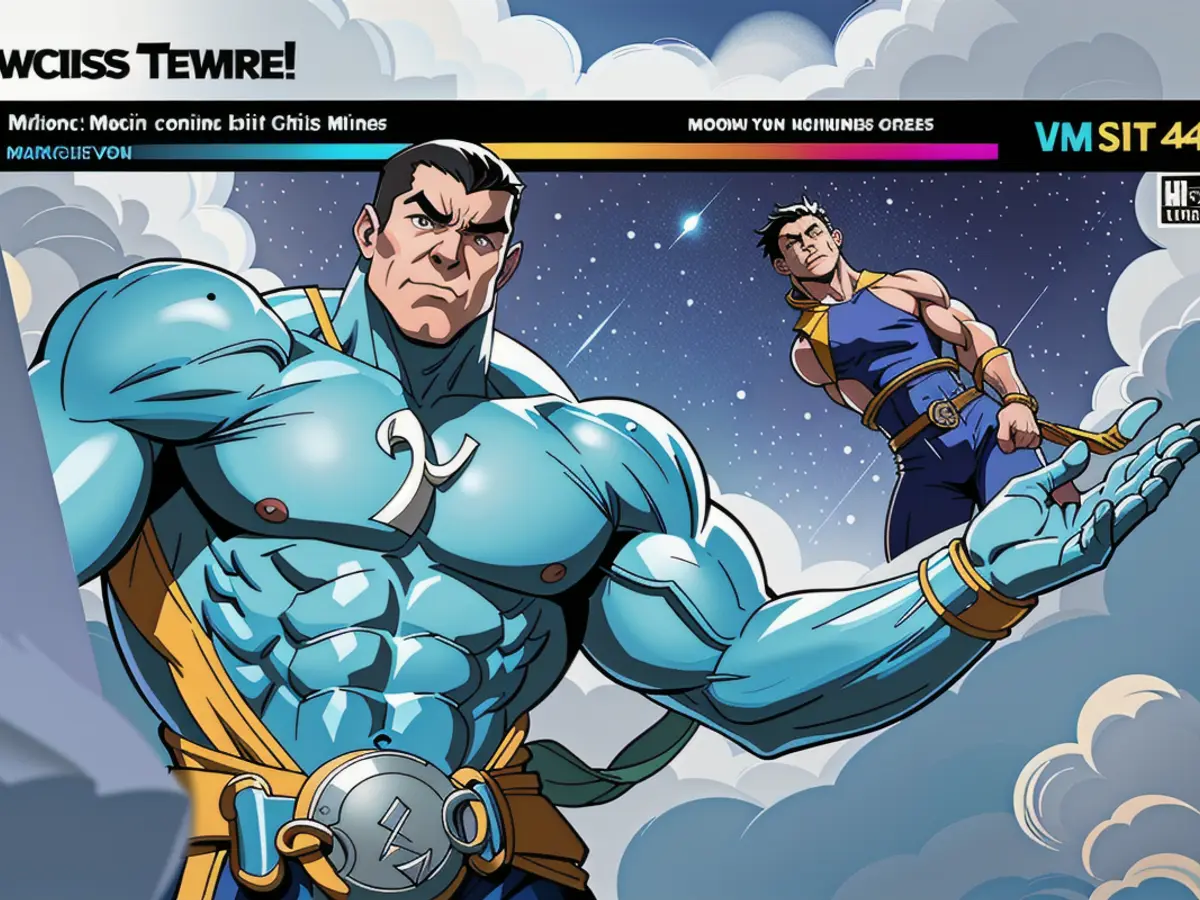East experiences winter-like cold temperatures, while West braces for a heatwave in the upcoming month.
Cold Front Slamming Eastern U.S., While Western Regions Brace for Heatwave
It's a stark weather contrast as winter makes an unexpected return for millions in the eastern half of the U.S., while the West prepares for summer's warmth. After a string of severe thunderstorms and flooding, the eastern regions are bracing for a tripping mercury.
Temperatures in regions from the Gulf Coast to the Northeast will plummet to chilly March levels on Monday morning, and plunge even further to February-like chills by Tuesday morning. With numerous regions in the central and southern U.S. battling active flooding or recovering from its aftermath, this cold snap could trigger worrying hypothermia concerns.
Kentucky finds itself in the crosshairs of this icy onslaught. The Bluegrass State, already drowned under a foot of rain, is expected to drop freezing temperatures by early Tuesday morning, with some northern parts potentially sinking into the mid-20s. Governor Andy Beshear advises residents to find a safe, dry, and warm refuge, emphasizing, "We need you to be dry and warm."
While Kentucky grapples with winter’s bite, neighboring states like Tennessee could witness near-freezing temperatures, with 40s prevailing in regions like Texas through the Southeast on Tuesday morning. Hard-hit areas in Kentucky, Tennessee, and northeastern Arkansas will struggle to reach 50s on Tuesday, compounding the misery of the cleanup process.
But fear not, the East's icy shivers will soon relinquish to warmer climes by midweek. In fact, the West will enjoy a dramatic shift towards summerlike conditions around the same time. This weather whiplash is being orchestrated by the jet stream, which is dipping southward in the East and surging northward in the West, an event that brings these contrasting weather patterns.
The West will experience warming as early as this week, with parts of California, the Rockies and beyond embracing temperatures in the 80s and 90s by midweek. Phoenix could reach 100°F for the first time this year on Thursday, a temperature that typically doesn't arrive until early May. Sin City could top the 95°F mark on both Thursday and Friday, a threshold usually crossed in May.
Meanwhile, Denver is looking at its first 80°F day of the year on Friday, followed by a June-like 85 on Saturday. The weather scenario may offer respite to the weary East, but has firefighters bracing for potential wildfires in the West, thanks to the accompanying dry conditions and increased sunshine.
- As the East faces a sudden chill, the risks of hypothermia may rise significantly, especially in areas still recovering from flooding.
- In contrast, the Western regions, currently preparing for a heatwave, could potentially experience an increased chance of flooding due to heavy rainfall, as the jet stream surges northward.
- The complex weather situation, with cold fronts in the East and heatwaves in the West, will likely prompt the weather service to send out advisories about both flooding and hypothermia over the coming days.









